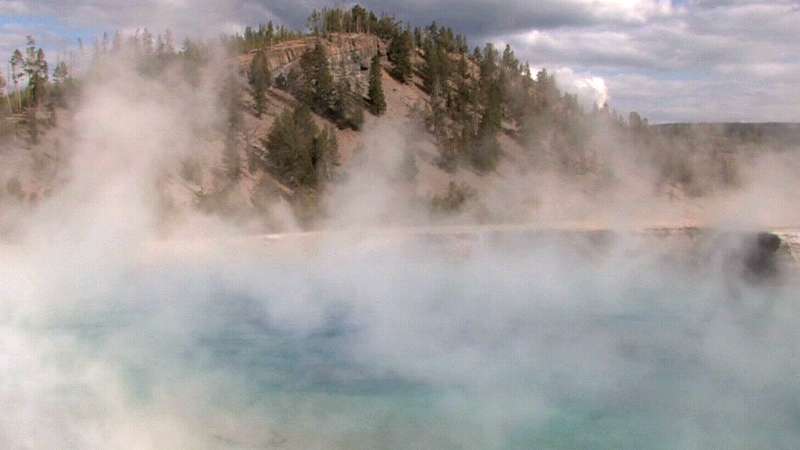One way that the atmosphere stores heat is in the form of latent heat. With the help of H2O, or water, the Earth’s atmosphere has the ability to store this excess heat. When heat is stored, it is referred to as latent heat. As water evaporates off of the surface of a lake, this stored heat is carried into the atmosphere. While in this form, it is not felt as temperature by objects that encounter the water. Thus, while the water may be storing a tremendous amount of heat, it can still feel cool to the touch.
Water has a large capacity for storing heat in this form. We call this the heat capacity. Unlike metal objects where the temperature rises quickly when heat is added, water can store a lot of heat, without the temperature changing very much. This is why it takes so long for water to boil.
As water condenses forming rain drops, this heat is returned back to the Earth. Which causes the air temperature to rise.
One use of this phenomenon are evaporative coolers, which are found in dry regions, such as the Western United States, and Australia. Where water is used to trap heat as latent heat. That heat is then blown out the window of a home or building, cooling it down.






